 "JawzX2, Boost Addict. 1.6t, 2.7tt, 4.2t" (jawzx2)
"JawzX2, Boost Addict. 1.6t, 2.7tt, 4.2t" (jawzx2)
08/11/2020 at 15:50 ē Filed to: tGDI, Hyundai kona, Direct injection, Intakes, Valves
 3
3
 3
3
 "JawzX2, Boost Addict. 1.6t, 2.7tt, 4.2t" (jawzx2)
"JawzX2, Boost Addict. 1.6t, 2.7tt, 4.2t" (jawzx2)
08/11/2020 at 15:50 ē Filed to: tGDI, Hyundai kona, Direct injection, Intakes, Valves |  3 3
|  3 3 |
So, I was gonna do an upper engine clean with Seafoam Upper Engine lube and clean spray this oil change on the 2019 Hyundai Kona 1.6t... I thought it might be nice to get a before and after pic of my valves with the endoscope, so I pulled the MAP sensor from the manifold and proceeded to do some Imaging.
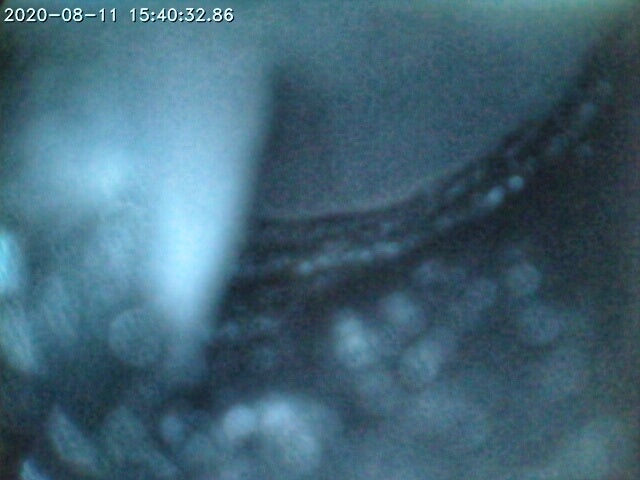
Cylinder 2 valve 1
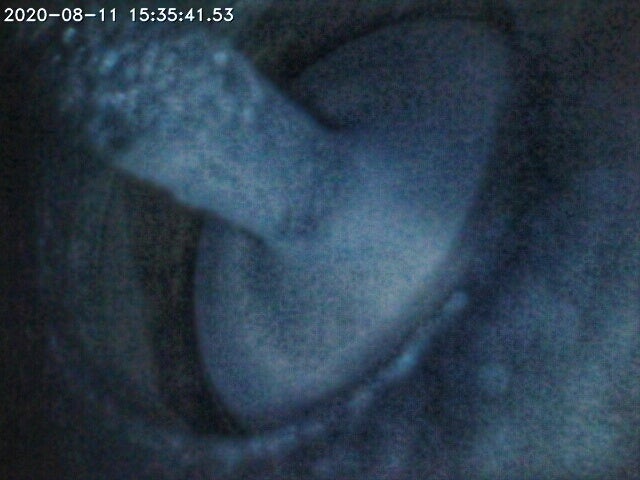
Cylinder 2, valve 2
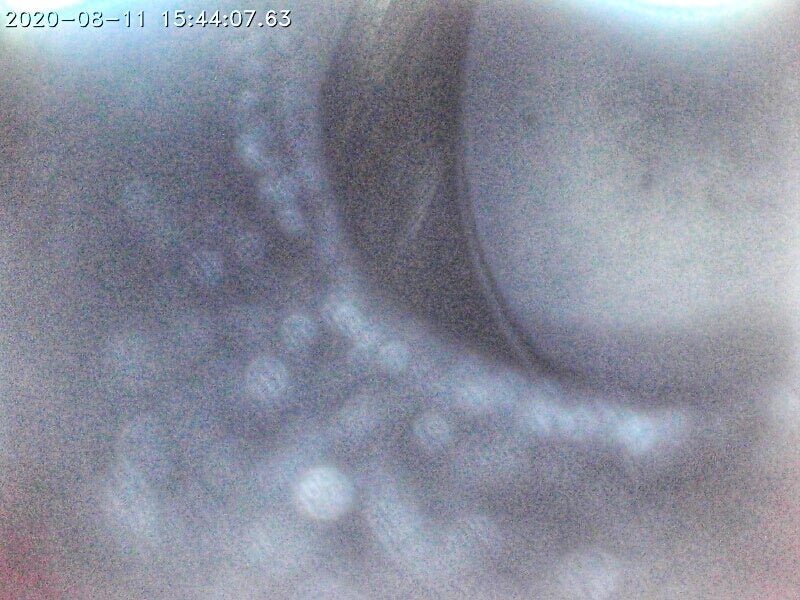
Cylinder 3, valve 1
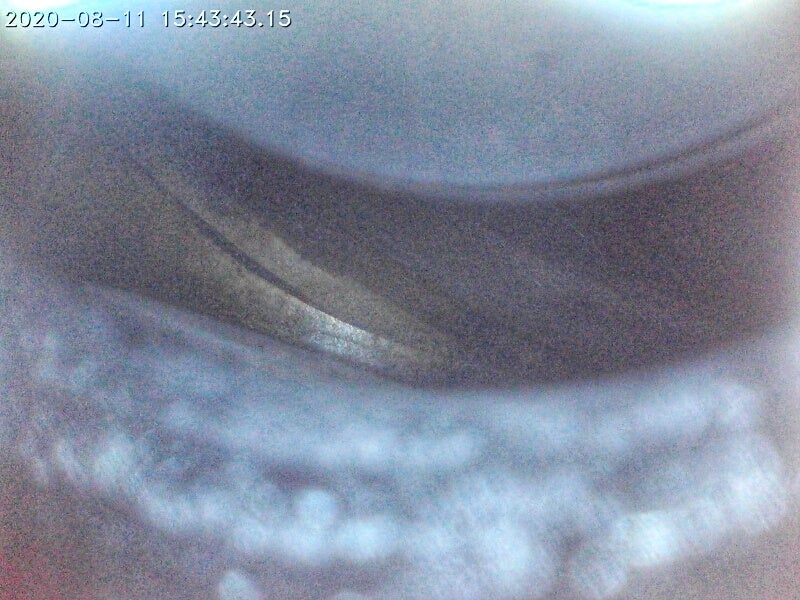
Cylinder 3, valve 1 closeup
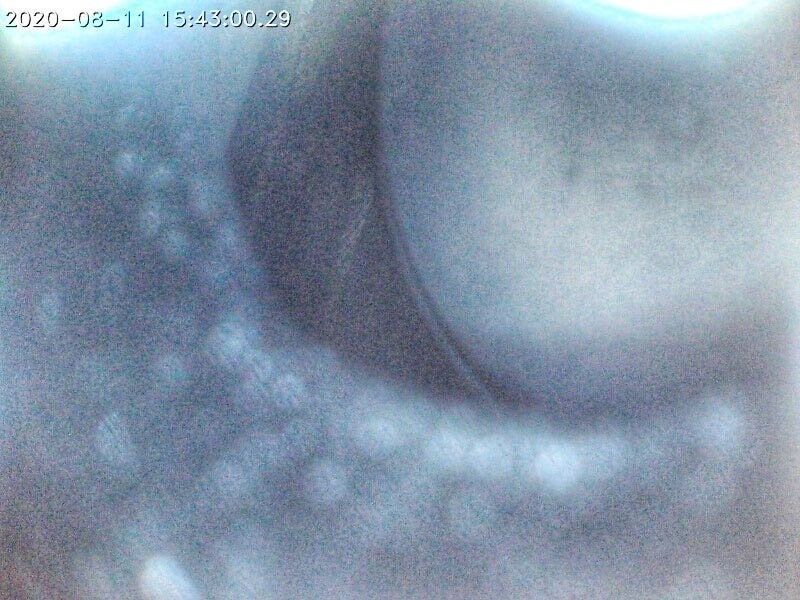
Cylinder 3, valve 2(? Its hard to tell if I actually got the other valve or not...)†
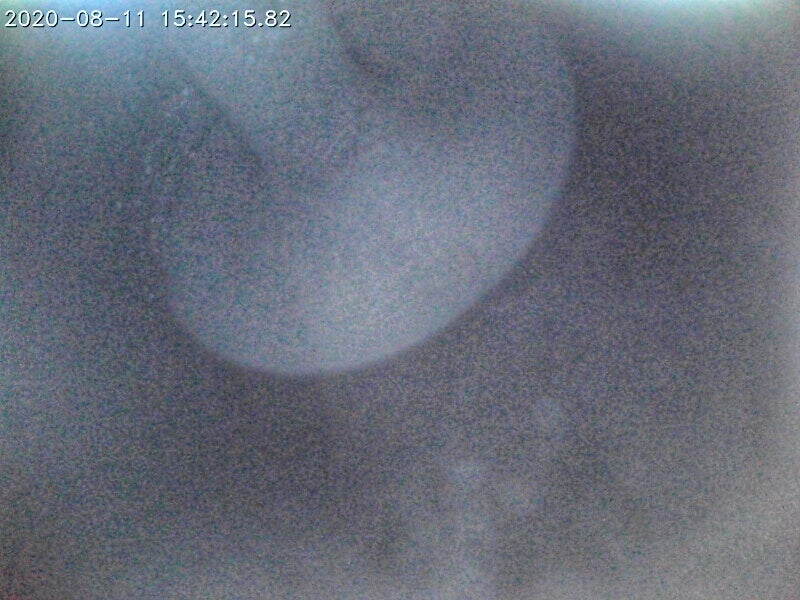
Back to cylinder 2, a wider view.
Wow.
Due to the angles of the intake manifold I was only able to get the endoscope into the runners for cylinders 2 and 3.
The results are... Surprising. There is literally a puddle of oil in the low point of the intake manifold (still trying to figure out how to drain this without removing the manifold and throttle body... I will for sure be draining the intercooler via itís drain plug) and i was prepared for a carbon shit-show.... But I have run nothing but Penzoil Platinum 5w30 full synthetic (which is one of the highest rated oils for NOAC volatility and GDI engine use) in it since initial change, always at 5000 mile intervals. I have slightly high fuel percentages in my oil according to Blackstone Labs, which is apparently a halmark of the Hyundai tGDI engines, and precludes longer oil change intervals, as dilution may become severe enough to impact lubricity at a 7500 mile interval...
In any case I thought some of you might find this interesting, and I will not be bothering with the Upper Engine clean this oil change. If it keeps up like this I may run a can through at 50K just to say I did.
 MM54
> JawzX2, Boost Addict. 1.6t, 2.7tt, 4.2t
MM54
> JawzX2, Boost Addict. 1.6t, 2.7tt, 4.2t
08/11/2020 at 16:59 |
|
I mean, a hyundai engine at 35k miles is about 1/3 through its intended lifespan †so that seems reasonable. Shitty, but not surprising.
 JawzX2, Boost Addict. 1.6t, 2.7tt, 4.2t
> MM54
JawzX2, Boost Addict. 1.6t, 2.7tt, 4.2t
> MM54
08/11/2020 at 17:13 |
|
I mean, itís cleaner than a VAG DI 2.0t with that mileage. Thereís just a tad of buildup on the upper stem.†
 Thisismydisplayname
> JawzX2, Boost Addict. 1.6t, 2.7tt, 4.2t
Thisismydisplayname
> JawzX2, Boost Addict. 1.6t, 2.7tt, 4.2t
08/11/2020 at 18:16 |
|
Thatís clean. †No need to clean the valves. †My S8 was carboning up less than 20k after I decarboned the intake valves. †